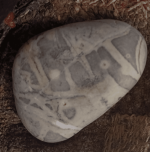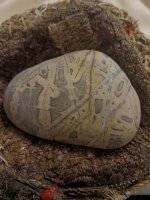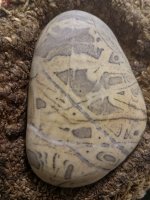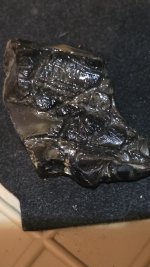I found this stone in the southern shore of Cyprus. It has very unusual markings. I was wondering if anyone has seen they markings before and could maybe explain how they are formed.

Attachments
Upvote
10








